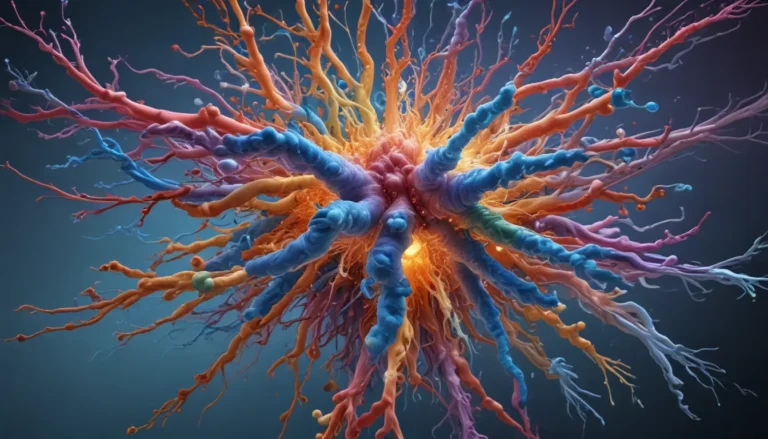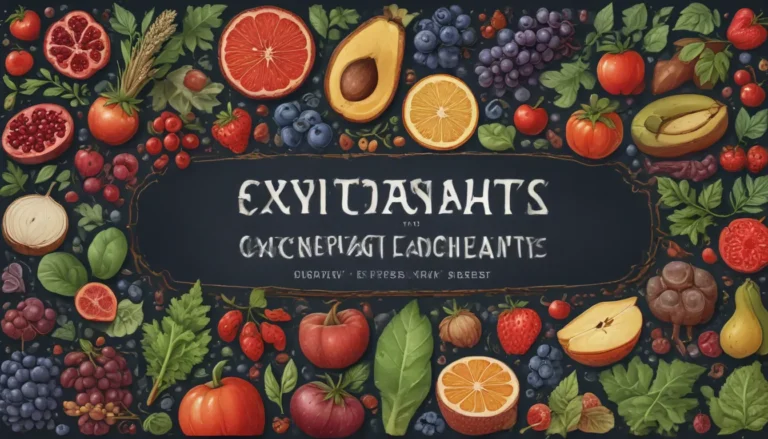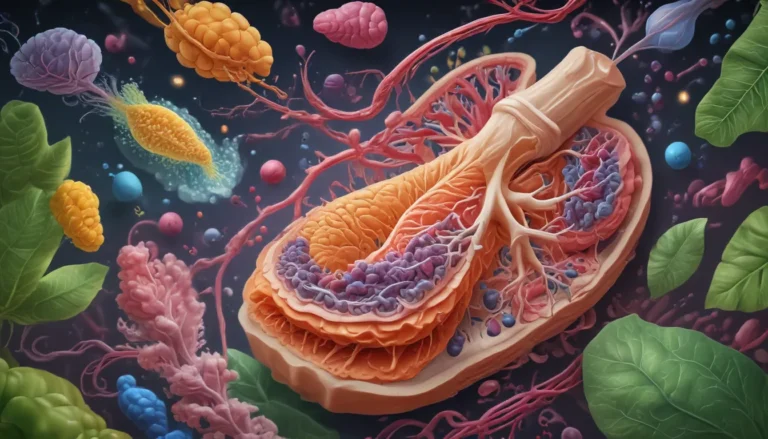A Note About Images: The images used in our articles are for illustration purposes only and may not exactly match the content. They are meant to engage readers, but the text should be relied upon for accurate information.
Welcome to the fascinating world of the Calvin Cycle, a cornerstone of biology that powers the process of photosynthesis. Named after the esteemed Melvin Calvin, this intricate cycle converts carbon dioxide into glucose, the lifeblood of all living organisms on Earth. Join us as we uncover 19 intriguing facts about the Calvin Cycle, shedding light on its significance in sustaining life and balancing our planet’s ecosystem.
Exploring the Calvin Cycle: A Key Player in Photosynthesis
- The Calvin Cycle: Also known as the light-independent reactions of photosynthesis, this essential process in plants and algae transforms carbon dioxide into glucose, fueling growth and energy production.
- Significance: Understanding the Calvin Cycle is crucial for grasping the mechanisms behind photosynthesis, plant growth, and the global food web.
Delving into the Calvin Cycle: Key Facts and Insights
Melvin Calvin: The Trailblazer Behind the Discovery
Melvin Calvin, an American chemist, unravelled the biochemical pathways of photosynthesis, paving the way for the discovery of the Calvin Cycle. His groundbreaking work earned him the Nobel Prize in Chemistry in 1961.
The Stroma’s Stage: A Hub for Enzymatic Reactions
The Calvin Cycle unfolds within the stroma of chloroplasts, where specialized enzymes orchestrate the precise sequence of reactions needed for carbon fixation and glucose production.
A C3 Pathway: Unveiling Carbon Fixation
Known as a C3 pathway, the Calvin Cycle kickstarts with the formation of a three-carbon molecule called 3-phosphoglycerate (PGA) during carbon fixation.
Powering Reactions: The Role of ATP and NADPH
ATP and NADPH, generated during the light-dependent reactions of photosynthesis, provide the energy and reducing power necessary to drive the Calvin Cycle forward.
Rubisco: The Enzyme at the Core
Rubisco, a crucial enzyme in the Calvin Cycle, catalyzes the initial step of carbon fixation by combining carbon dioxide with a five-carbon molecule, ribulose-1,5-bisphosphate (RuBP).
Three Major Stages: Unravelling the Process
The Calvin Cycle unfolds in three distinct stages – carbon fixation, reduction, and regeneration – each marked by a series of enzyme-catalyzed reactions leading to glucose production.
Temperature’s Influence: A Key Factor
Temperature plays a significant role in the efficiency of the Calvin Cycle, with extreme temperatures impacting the cycle’s effectiveness and plant growth.
Balancing Carbon: A Global Imperative
By converting carbon dioxide into glucose, the Calvin Cycle aids in regulating Earth’s carbon balance, crucial for mitigating climate change and sustaining ecosystems.
Regulatory Impacts: Environmental Factors at Play
Environmental variables such as light intensity, temperature, water availability, and nutrient levels influence the operation and efficiency of the Calvin Cycle in plants and algae.
Crop Productivity: An Implication of the Cycle
Understanding the Calvin Cycle is instrumental in enhancing crop productivity, as it directly impacts the yield and quality of agricultural crops.
Isotopic Insights: Tracing the Cycle’s Path
Isotopic labeling techniques offer a powerful tool to study the Calvin Cycle’s intermediates, allowing researchers to track the movement of carbon atoms and unravel its intricate processes.
Unveiling the Magnitude: The Impact of the Calvin Cycle
- Anabolic Pathway: The Calvin Cycle is an anabolic pathway, synthesizing complex molecules like glucose from simpler components.
- Cycle Continuity: As a cyclic process, the Calvin Cycle sustains itself by regenerating the end molecule, RuBP, ensuring continuous glucose production.
Nourishing the Web: The Calvin Cycle’s Role in the Food Chain
By generating glucose, the Calvin Cycle forms the foundation of the global food web, supporting diverse organisms in various ecosystems and sustaining life.
Reflecting on Calvin: A Window into Nature’s Complexities
The Calvin Cycle stands as a testament to nature’s ingenuity, illuminating the intricate processes that drive photosynthesis and sustain life on Earth. By unraveling its mysteries, we gain a deeper appreciation for the interconnectedness of all living beings and the delicate balance of our planet’s ecosystems.
In Conclusion
The Calvin Cycle embodies the elegance and efficiency of nature’s biochemical processes, offering a profound glimpse into the transformative power of photosynthesis. As we navigate through its complexities and revelations, we unearth a treasure trove of knowledge that enriches our understanding of plant biology and ecosystem dynamics.
Are you captivated by the wonders of the Calvin Cycle? Dive deeper into the realm of photosynthesis with our captivating articles on the intricate workings of light-independent reactions. Expand your horizons and deepen your appreciation for the marvels of plant life.
Embrace Knowledge with Expii
At Expii, we are dedicated to delivering engaging and credible content that fuels your curiosity and enriches your learning journey. Join us in exploring the wonders of science and uncovering the hidden gems of biology, guided by a community of passionate contributors and meticulous editors. Trust in the quality and authenticity of our content as you embark on a quest for knowledge and discovery.






